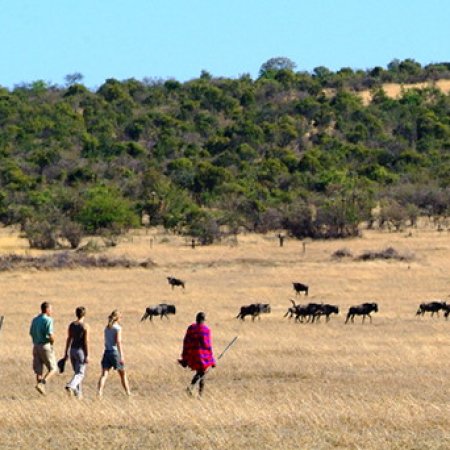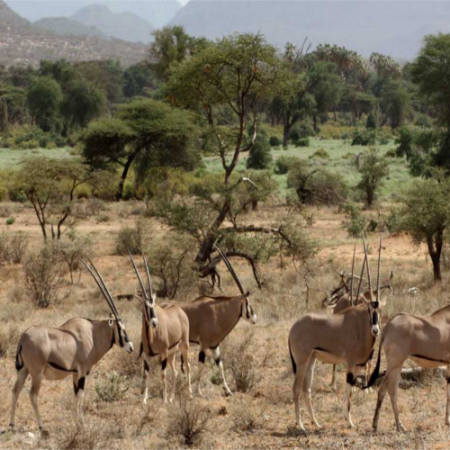From the western Serengeti, the herds move north, following rains into Kenya’s Masai Mara. Along the way, they cross several rivers: the Mbalangeti and Grumeti in the Serengeti, and the Mara in Kenya. Usually calm, these rivers can become raging torrents after rainfall, posing major obstacles to the migrating wildebeest.
September 25, 2025
By admin
Exploring the Masai Mara In 2025: A Tapestry of Wildlife, Culture & Conservation
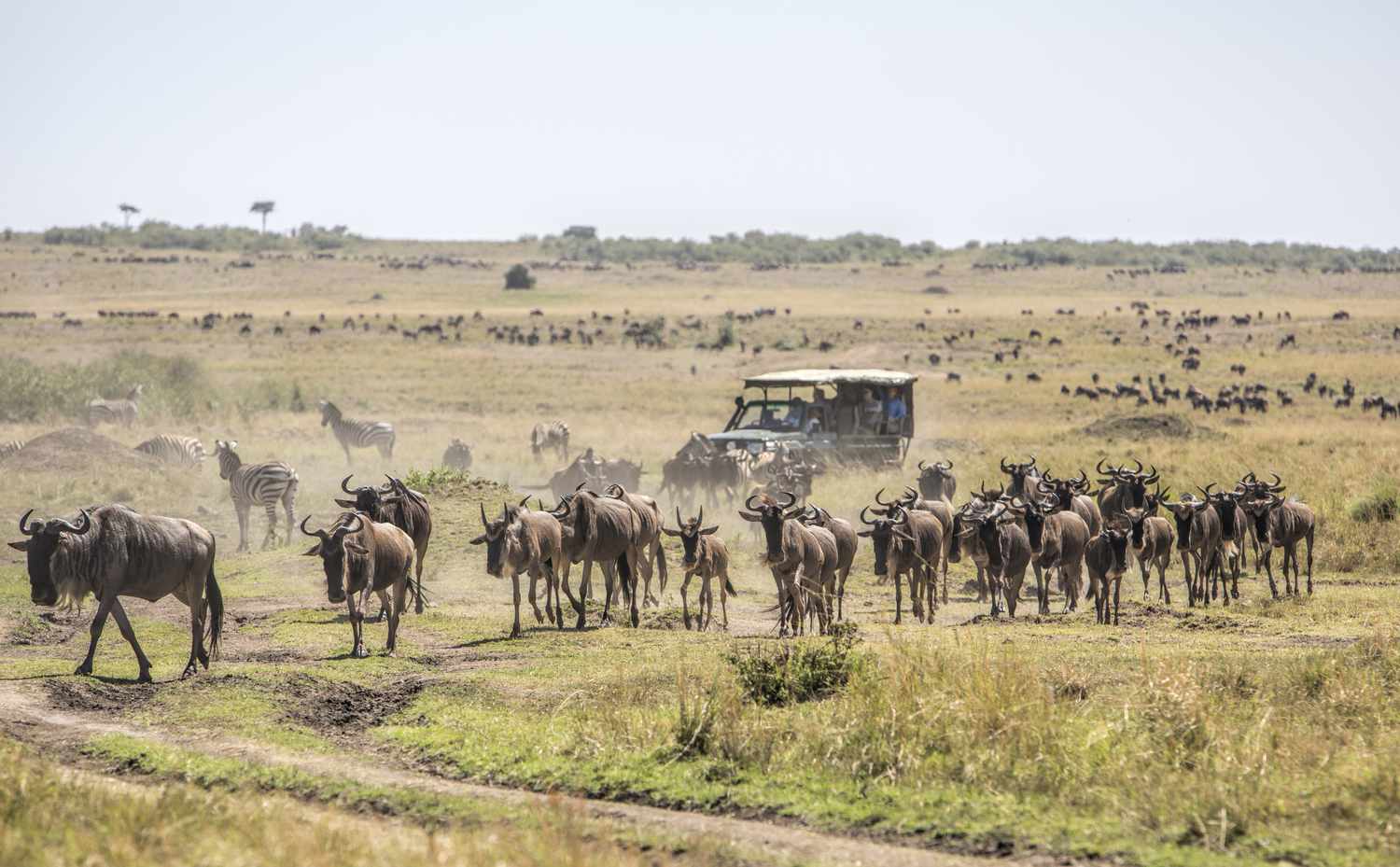
If you dream of Africa or envision a Safari, you probably dream of the Masai Mara. In addition to being a wildlife refuge, the Masai Mara, a vast grassland in southwest Kenya, is a reminder of the complex relationship between nature and society. Its name conjures up visions of boundless grasslands with acacia trees scattered throughout, where some of Africa’s most recognizable animals wander unhindered. The Maasai people, who live in the Masai Mara, contribute layers of significance to this enormous environment through their unique customs and strong ties to the land.
Here are key attracting features of the Masai Mara National Reserve.
Meeting Masai Mara’s Iconic Big 5
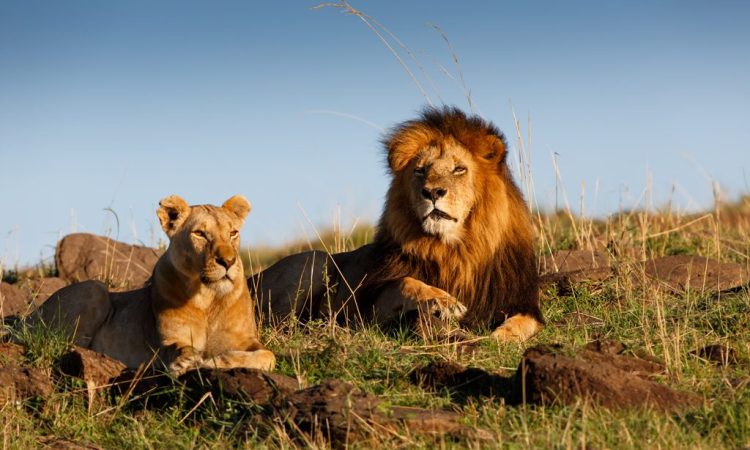
Along with a wide variety of other animals, such as giraffes, hyenas, cheetahs and wildebeest, it is home to Africa’s Big 5. It shares a border with Tanzania’s Serengeti National Park. The apex predators that rule these territories are represented by the “Big 5.” With their magnificent manes and commanding presence, lions wander the savannah, representing both elegance and fierceness. Solitary and elusive leopards move stealthily and precisely among the acacia trees. The gentle giants known as elephants travel the Mara River in pursuit of food and water, their social structures and familial ties reflecting the complex dynamics of wild life.
The Great Wildebeest Migration: Nature’s Greatest Spectacle
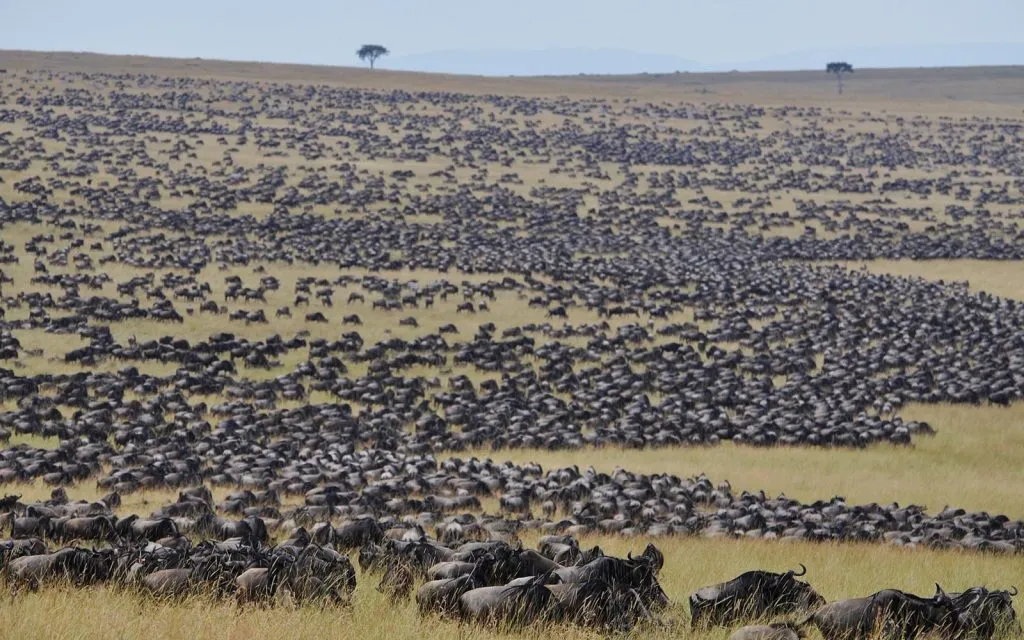
Often described as nature’s greatest spectacles, the great migration is one of Africa’s dramatic stories. This occurs every year between July and October where more than 1.5 million wildebeests, zebras, gazelles and elands move mysteriously from the Serengeti in Tanzania to Masai Mara in Kenya in search of grass and water. The Mara River, with its treacherous currents and lurking predators, becomes a pivotal point in their journey, where dramatic crossings test their endurance and instincts. The migration not only showcases the resilience of these animals but also underscores the Mara’s role as a critical habitat and migration corridor for countless species. This mass movement is one of the Seven Wonders of the World.
The Perilous Mara River Crossings: A Test of Endurance
Wildebeest arrive at the Mara River in their tens of thousands, and gather waiting to cross. For days their numbers can be building up and anticipation grows but many times, for no apparent reason, they turn and wander away from the water’s edge.. Eventually the wildebeest will choose a crossing point, something that can vary from year to year and cannot be predicted with any accuracy. Once on the grasslands of the Masai Mara, the wildebeest spend several months feeding and fattening once more, taking advantage of the scattered distribution of green pastures and isolated rainstorms.
A remarkable feature of their wanderings is their ability to repeatedly find areas of good grazing, no matter how far apart.
Beyond the Migration: The Mara’s Unique Sightings
The Masai Mara is not only famed due to wildebeest’s migration but also to unique sightings such as Tira, Tano Bora and the iconic Scarface.
Tira
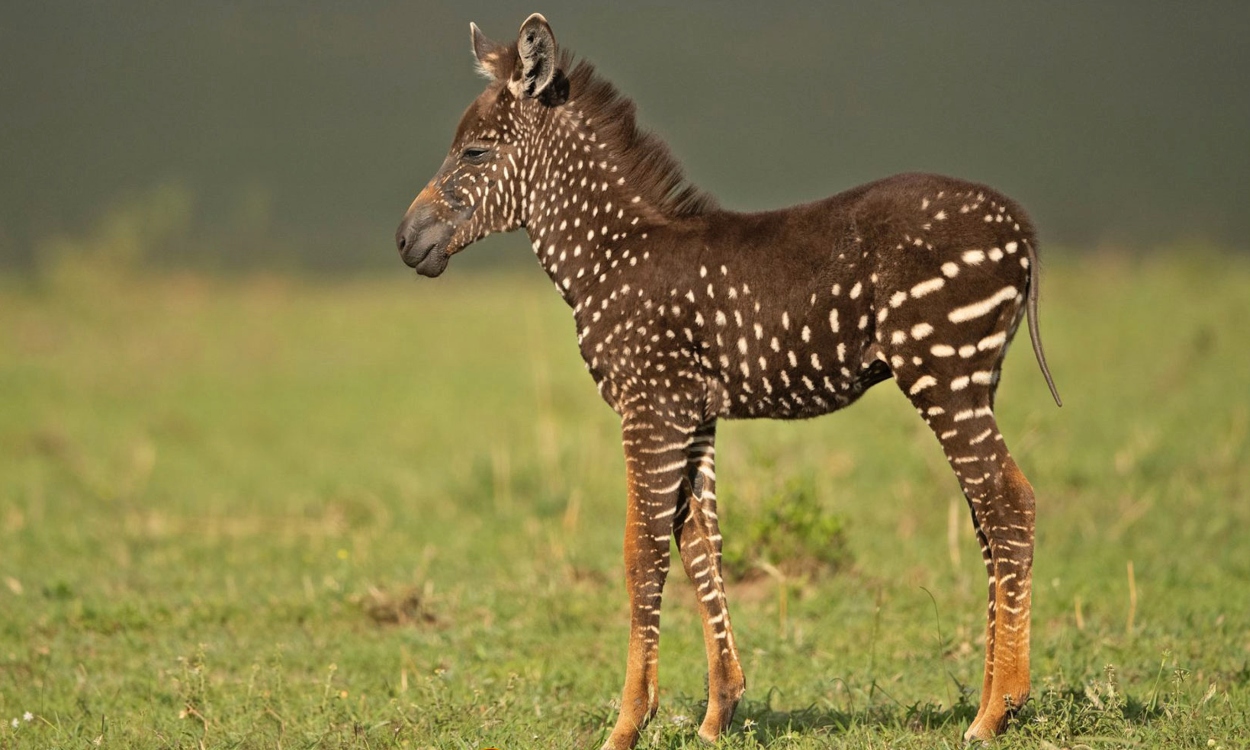
Nicknamed after the driver guide that spotted the stunning dark-skinned zebra with black spotted polka dots, Tira was such an eye – catching sight. Tira’s black spots are due to pseudomelanism – a rare genetic mutation in the stripes pattern.
Scarface: The Legendary Lion of the Mara
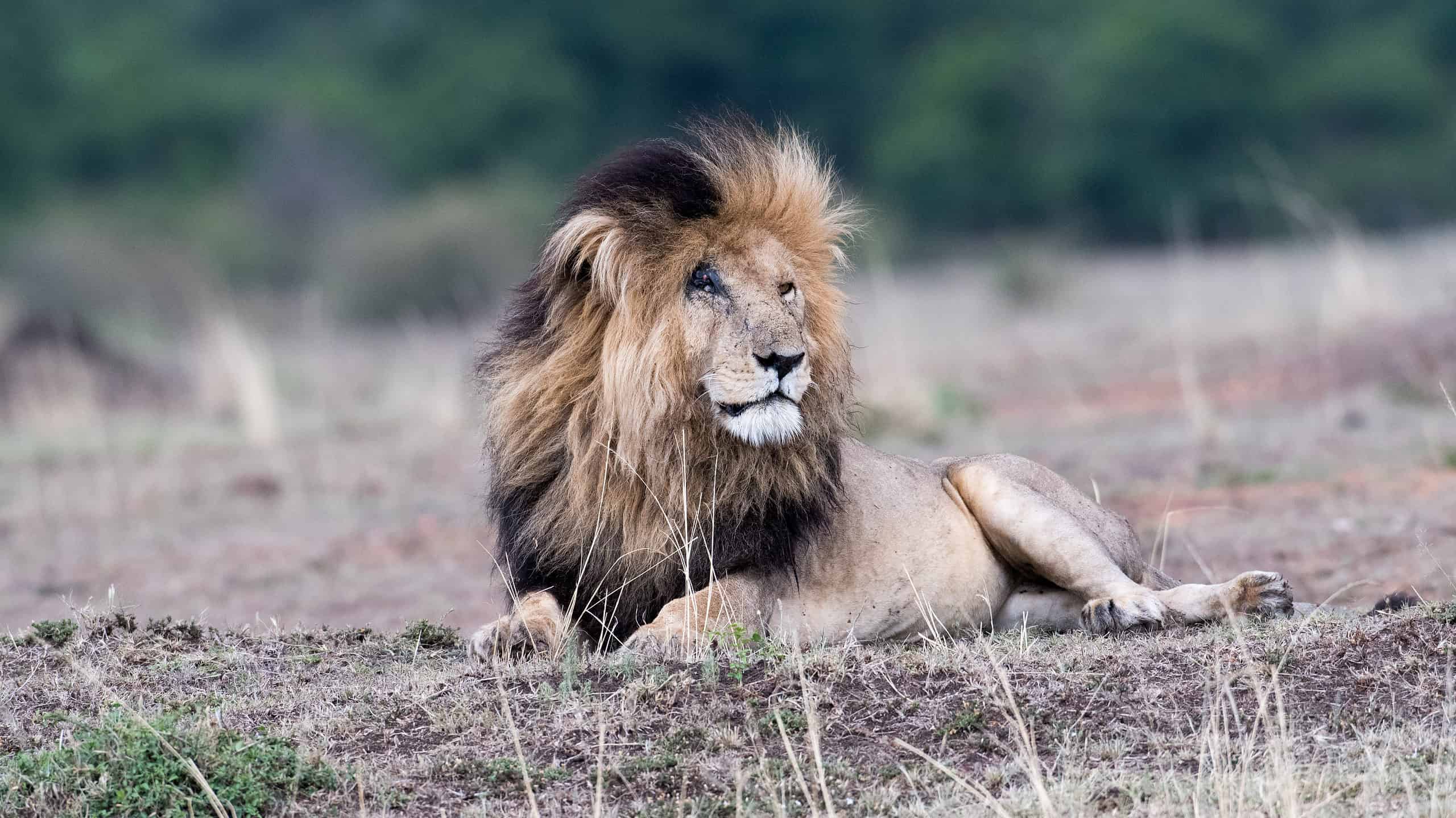
Owing to one scar in his right eye, Scarface is the oldest and most sought-after lion in the Mara. His machismo is legendary and coupled with his sturdy looks, a black exceptional mane that sweeps back from his forehead- Scarface is the face of survival and resilience. Scarface earned his moniker in 2012 when he lost his right eyelid while making a territorial grab with his three brothers Sikio, Morani and Hunter. Scarface died in June 2021 at the age of 14 of natural causes.
The Mara offers such breathtaking moments. An experience in the Mara is never the same from previous encounters. Each day offers a rewarding experience. Other rewarding activities are a balloon safari and a visit to the Mara village.
Soaring Above the Plains: A Maasai Mara Balloon Safari
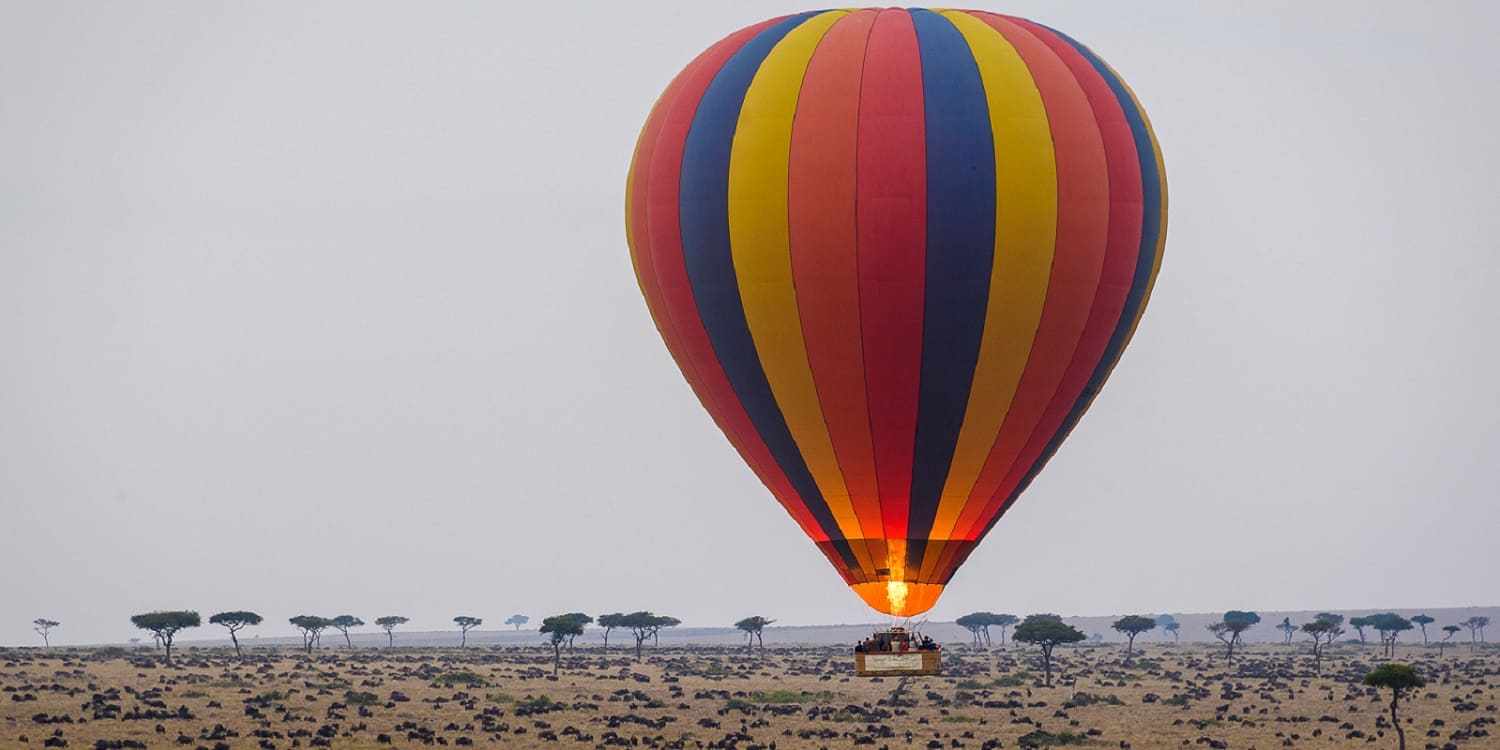
The trip is magical, spend about one hour silently floating over the savannah in a hot air balloon and it will fill you with enough memories to last a lifetime. You take off in the wee hours of the morning, float in the sky, drifting with the whim of the wind, overlooking the plains, just in time to experience a breathtaking sunrise and catch a bird’s eye view of the reserve.
After the flight, you will be treated to a luxurious breakfast to complete the experience as you relax and absorb the moment.
A Cultural Encounter: Visiting a Maasai Village
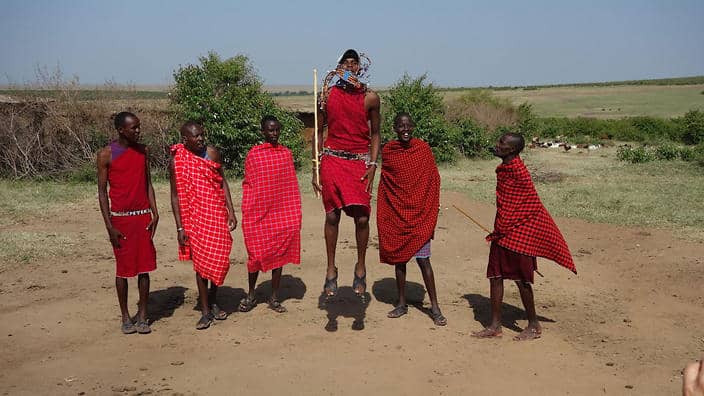
You’ve seen pictures of them, adorned with the brilliant red, blue and purple patterns of the Shuka’s they wear. The men with their spears, tall and proud. The women bejeweled with bright beaded earrings and scarves. These are the some of the oldest inhabitants of East Africa, the Maasai people. They live in small mud-thatched villages, surrounded by their cattle and smaller livestock. For hundreds of years the Masai have roamed these lands of Kenya, living a free, nomadic lifestyle. Their traditional lands now comprise much of Kenya’s national parks. A highlight of your safari vacation is a visit with these Maasai Tribe. Many of the tribes welcome visitors to their villages to view up close their culture and lifestyle.
You may get to experience the villagers singing and dancing, and you might even be able to join in!. The Maasai are known for their rhythmic call-and-response singing. Perhaps their most widely known dance is the adumu or “jumping dance”. The warriors form a circle with one person entering the center. This dancer will jump higher and higher to the rhythms of the singers. As he jumps higher the singers will raise the pitch of their voices. Standing in muted contrast to the colourful villagers, you’ll see the browns and grays of the Maasai’s houses, called bomas. Small structures with thatched roofs, it is the job of the Maasai women to build these sturdy dwellings.
You can experience all the above by booking a 3 Days Masai Mara safari with us.

